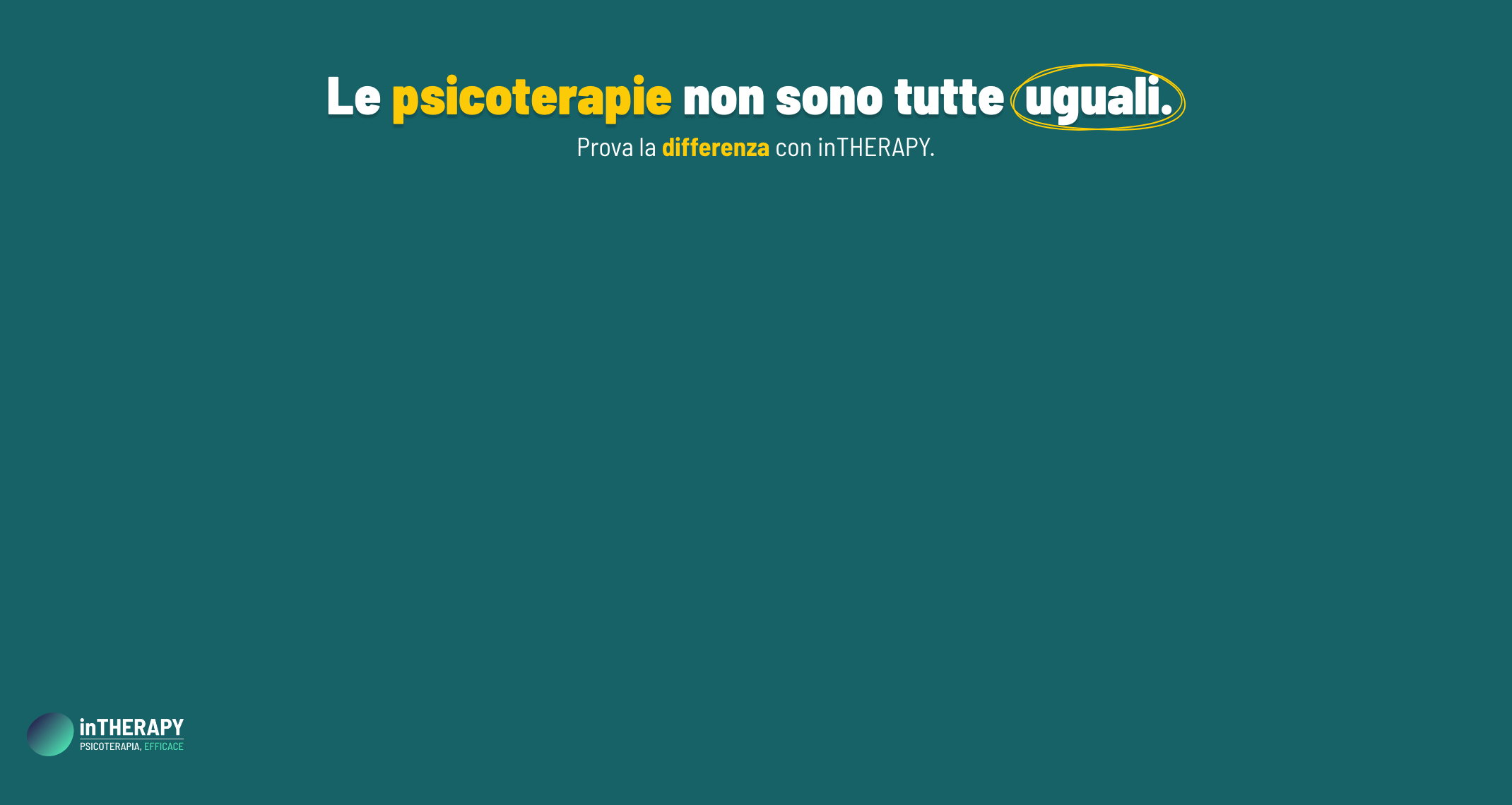Parents’ words and anxiety disorders – part 3

Strong statistical relationships have been shown between mothers’ and children’s anxious thoughts. As highlighted by parts one and two of this series, parental behavior and thoughts in the context of anxiety generally contain stereotyped themes (e.g. intrusiveness and over estimation of threat). In order to see if these themes are communicated between parents and their children, researchers have investigated the conversations that mothers have with their children as a possible mechanism in their transmission.
An important study in Australia examined the role of family conversations in the enhancement of an anxious cognitive style in children (Barrett, Rapee, Dadds & Ryan 1996). During five minute discussions, parents were encouraged to help their anxious, non-anxious or oppositionally defiant children to decide how to manage ambiguous situations. References to threat, avoidance, aggression and pro-active responses were recorded. The study found that the anxious group discussed avoidance more than the non-anxious and the oppositionally defiant groups. Upon further examination of the anxious group, mothers expected their socially phobic children to be more avoidant than mothers of children with other types of anxiety disorders (e.g. generalized anxiety disorder and obsessive-compulsive disorder). Interestingly, while family discussions were associated with an increase in avoidant solutions chosen by anxious children, for non-clinical children, they were associated with a decrease in avoidant solutions chosen.This increase in children’s level of avoidance after family discussions had been labeled Family Enhancement of Avoidant Responses, or the FEAR effect.
The parental role in the FEAR effect has been further examined. A recent study that manipulated mothers’ behavior by training them to show enthusiasm and agreement with non-threat and non-avoidant plans, found that children of mothers who display these types of positive behaviors are more likely to change their responses from threatening to non-threatening (Murray, Creswell & Fearon in press). Thus, it appears that parent’s behavior during these interactions is influencing children’s responses.
Therefore, the answer the question posed for this portion of the series appears to be yes.Anxious family discussions appear to encourage children’s avoidance and increase threat perception in the face of ambiguity. So what could it be that that these parents are saying specifically? Researchers have continued with this avenue of investigation by examining specific word choices and their effect on children. This will be discussed in part four of the series.
BIBLIOGRAPHY:
- Barrett, P. M., Rapee, R. M., Dadds, M. M., & Ryan, S.M. (1996). Family enhancement of cognitive style in anxious and aggressive children. Journal of Abnormal Child Psychology, 4, 2, 187 – 203.
- Murray, L., Creswell, C., & Fearon, P. (in press). An experimental investigation of the FEAR effect in non-clinical children and their mothers. (Manuscript in preparation)


